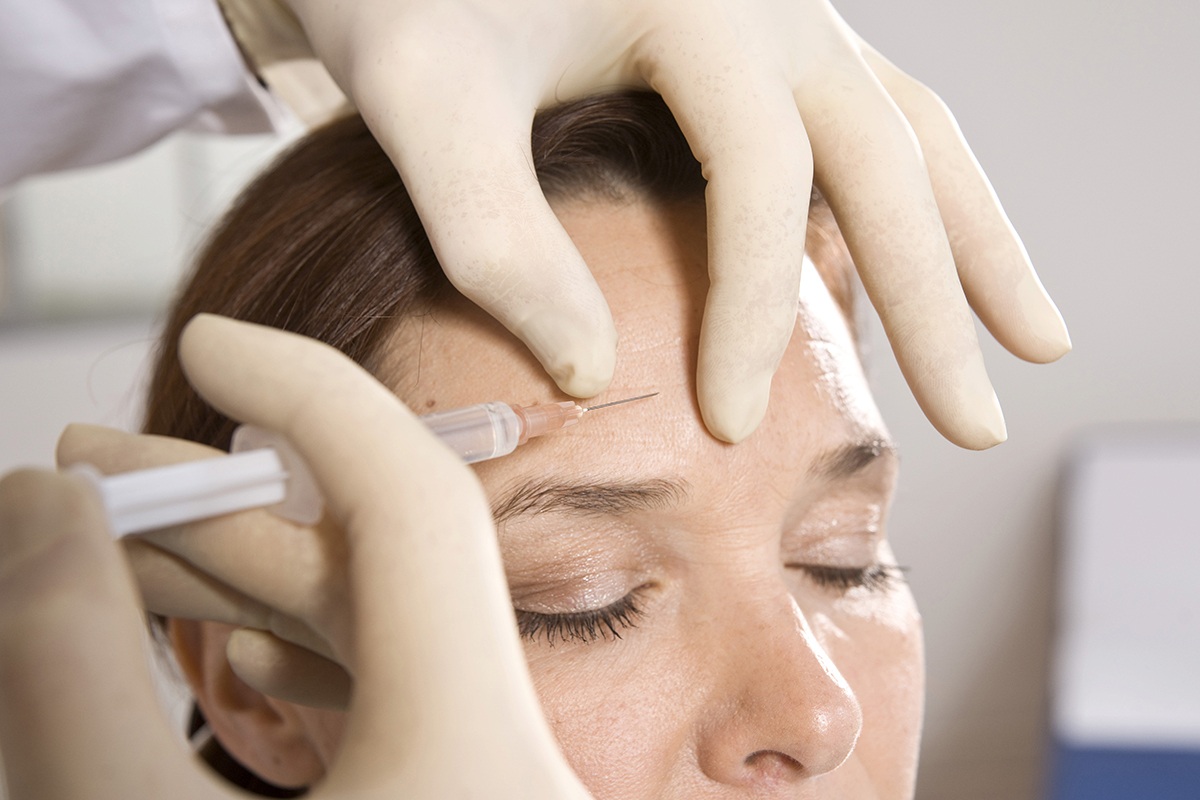Do you ever find yourself wondering what you would look like if you had a dermal filler or Botox injection? Medical practitioners from all over the world with the help of different Botox filler course are hoping that soon they’ll be able to provide their patients with a more precise image of how they could look following dermal fillers or Botox treatment.
3D Imaging Technique
Epiclinic’s Michael Molton, a premium cosmetic clinic in Adelaide Australia, started developing a 3D imaging technique after he became annoyed with before-and-after 2D photos.
Molton hopes the technique will be used to predict how a particular procedure will alter appearance accurately, but first, he is using it to assess the effects of getting dermal fillers precisely.
3 Dimensional Colour Coding
Molton started by using a 3D camera so he could take full-face scans of patients prior to and following their cosmetic treatment. He then used special software created by Mohammed Bennamoun and his colleagues at the University of Western Australia to examine the difference between the scans. This unique software produces a three-dimensional colour-coded map, which shows areas of the face that have filled out.
What the Results Tell Us
This state-of-the-art technology has been tried on over 200 patients, and Molton reports that it has permitted him to approach their results more accurately and impartially. When you inject a filler in certain parts of the face, it’s not just that injected area that reacts to the filler. For example, if you inject a filler into the side of the cheeks, the jawline will benefit from an upward lift also.
This new understanding allowed his medical team to create an algorithm that envisions how a patient would look following a dermal filler injection. Molton stated; “I had one gentleman who came in for treatment who said that he didn’t see any changes after spending $1800. However, we did a 3D scan, and there it was — undeniable, significant evidence”. The patient looked at the evidence and then asked us when he could schedule his next treatment with us at epiclinic 3D scan Adelaide.
The Future of 3D Imaging
It will be harder to adjust this technology to foresee the results of Botox injections due to the fact that the injections alter how the face moves, instead of altering its volume. However, software designer, Bennamoun believes that it is possible if the medical team were to use 3D video imaging. For example, the software could examine the differences in how an individual frowns or smiles before and after treatment.
Although this innovative technology is very promising, it may not be able to foresee the effects of cosmetic procedures perfectly. This is because if you inject the filler in an individual’s face whose skin is more elastic, it is more probable that it will show change.

